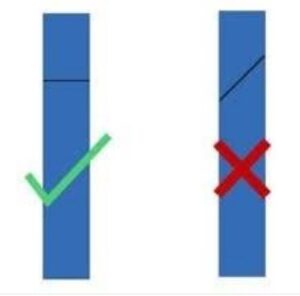We all need a bit of help every once in awhile. Find what you need to know to be a more successful longarm quilter.
♦ How To attach zippers to your quilt backing in preparation for rentals at Over The Top Quilting Studio. Click to view or print an instruction sheet. Watch this video.
.
.
♦ How To mount your quilt onto the APQS longarm machine at our studio. Watch this video.
.
.
♦ How To secure beginning and ending stitches on an APQS machine. Click to view or print an instruction sheet. Watch this short video.
.
.
♦ How to thread your APQS longarm quilting machine: Threading your APQS longarm quilting machine is easy! In this video, APQS Customer Service & Education Director Dawn Cavanaugh takes you through the process step by step. The easy thread path on APQS longarm machines means better stitch quality and the freedom to use virtually any thread.
.
.
♦ Supplies needed to clean the hook assembly of your APQS longarm quilting machine:
.
.
♦ How to clean the hook assembly on your APQS longarm quilting machine:
.
.
♦ How to change the needle on your APQS longarm machine
.
.
♦ Sashing: Bias versus End-to-end
Susan: “I thought this was very interested and made a lot of sense. Try it on your next border” (From Wimberley Stitch Studio on Facebook – September 5, 2020)
I did some very interesting internet research on adding borders to quilts. I have added a lot of borders myself and I have quilted hundreds of quilts with borders.
Many people like the look of sewing the strips together on the bias rather than end to end. The reason is that it looks good and kind of disappears.
The problem with it is that now you are introducing a bias stretch to your border. Most people, try as they might not to, stretch it or work hard not to stretch it, but there is a natural stretch on the bias so it is a recipe for a ruffle-edged quilt. I can’t tell you the number of times that I have been long arm quilting a beautiful quilt by an experienced quilter and had to try to ‘work in’ the ruffles or call them and ask if I should quilt it ruffly or would they like me to take it off the frame so they can fix it and they have to pay the extra for re-mounting the quilt so I can finish quilting it. You can’t tell that it isn’t going to lay flat until it’s on the frame very flat and being quilted.
So in my research I found I’m not the only one to feel that way. Lots of teachers discourage bias seaming in borders just for that reason. Those that teach it say to only use it for very narrow borders because it introduces “too much” bias and wavy borders.
When you use a straight seam, vary where it falls on the area of the border. By the time it is quilted you will rarely notice where the border strips begin and end.
